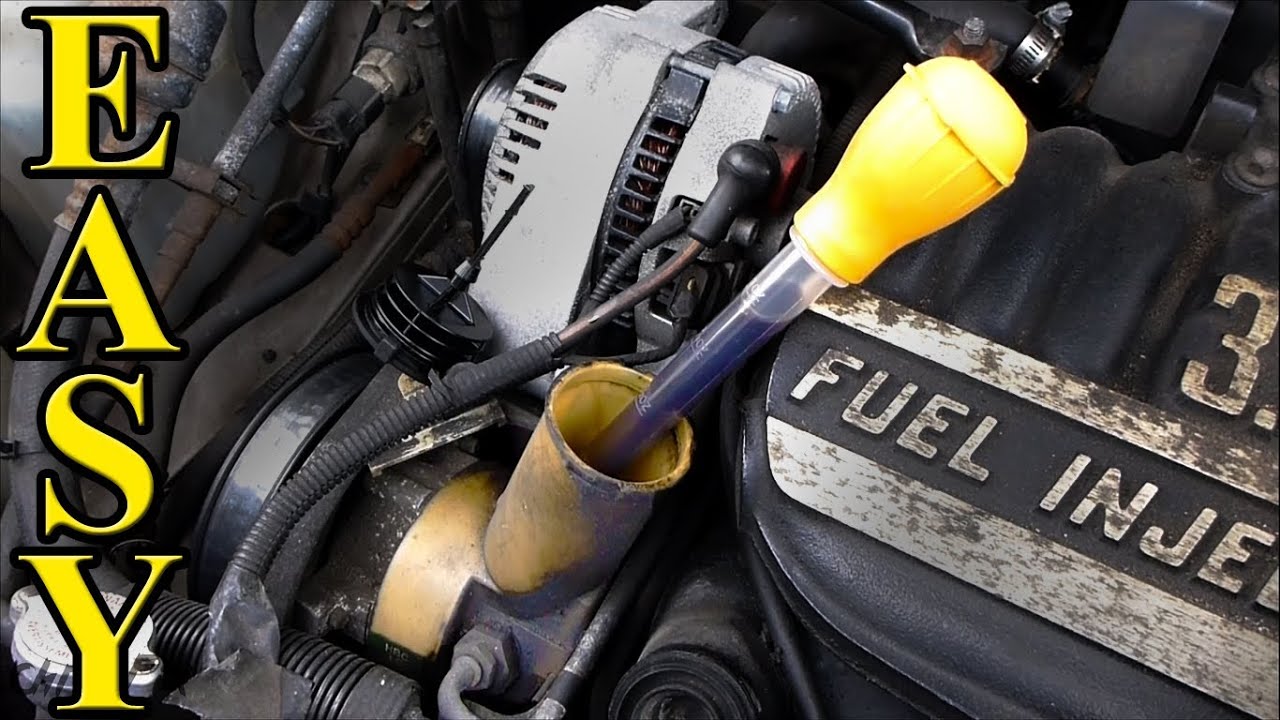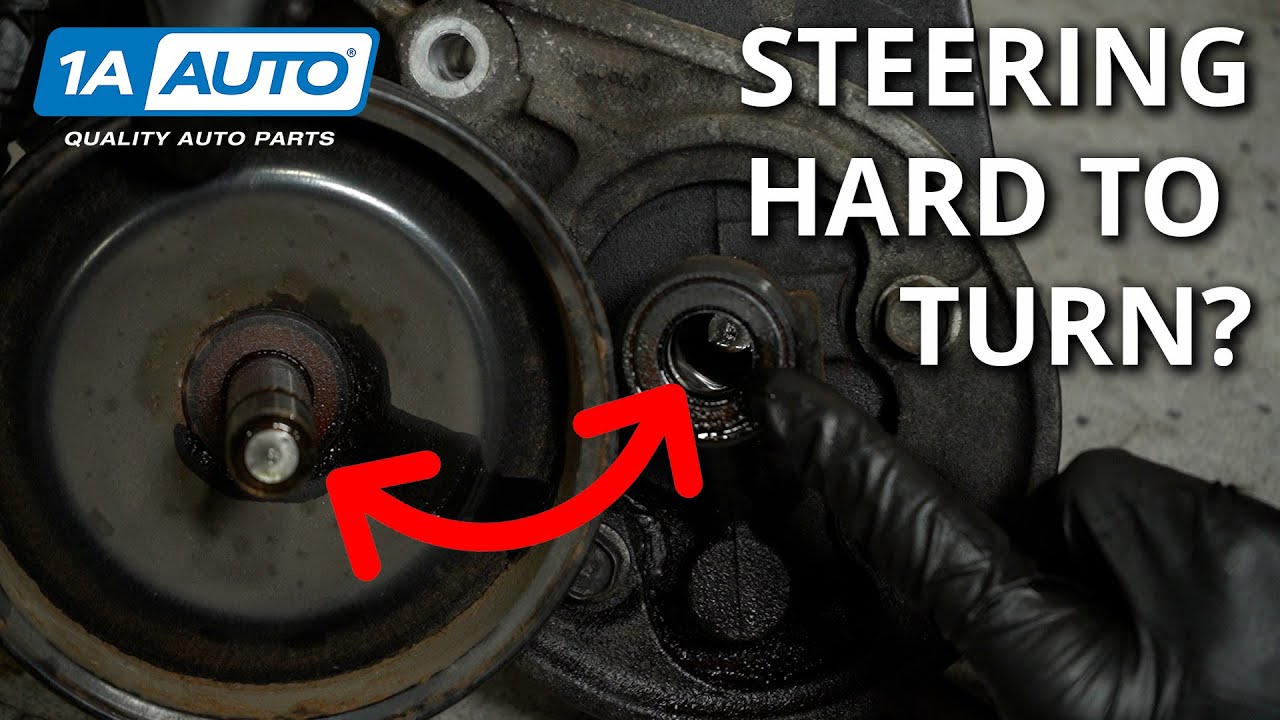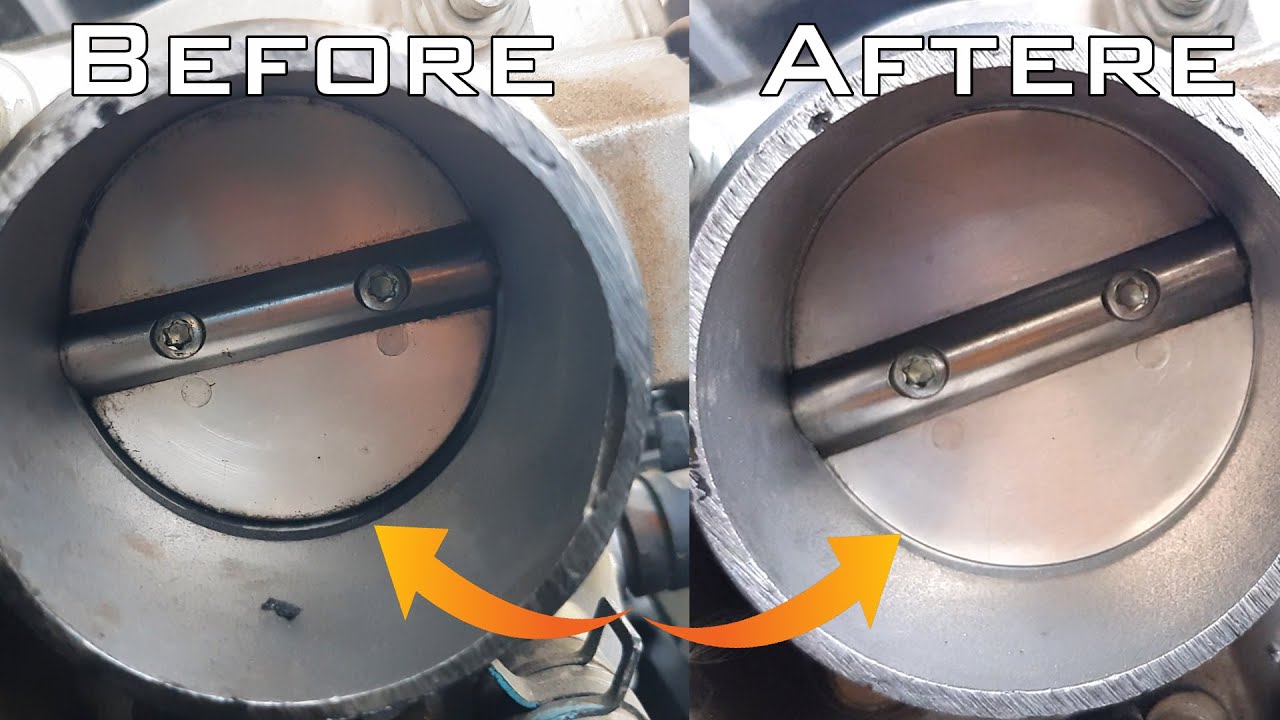When you can’t handle the steering wheel of your car well, it’s not fun or safe to drive. Think about all the off-road adventures and tight corners you couldn’t do without a firm grip on the wheel. This is where the fluid for the power steering comes in.
There is a hydraulic system in your car that is controlled by circulating fluids and pressure. This system lets your steering wheel turn smoothly without any resistance. Even though many new cars have electric steering, there are still a lot of cars on the road with hydraulic power systems that use a belt-driven pump and fluids to keep your sedan, pickup truck, minivan, or SUV running well.
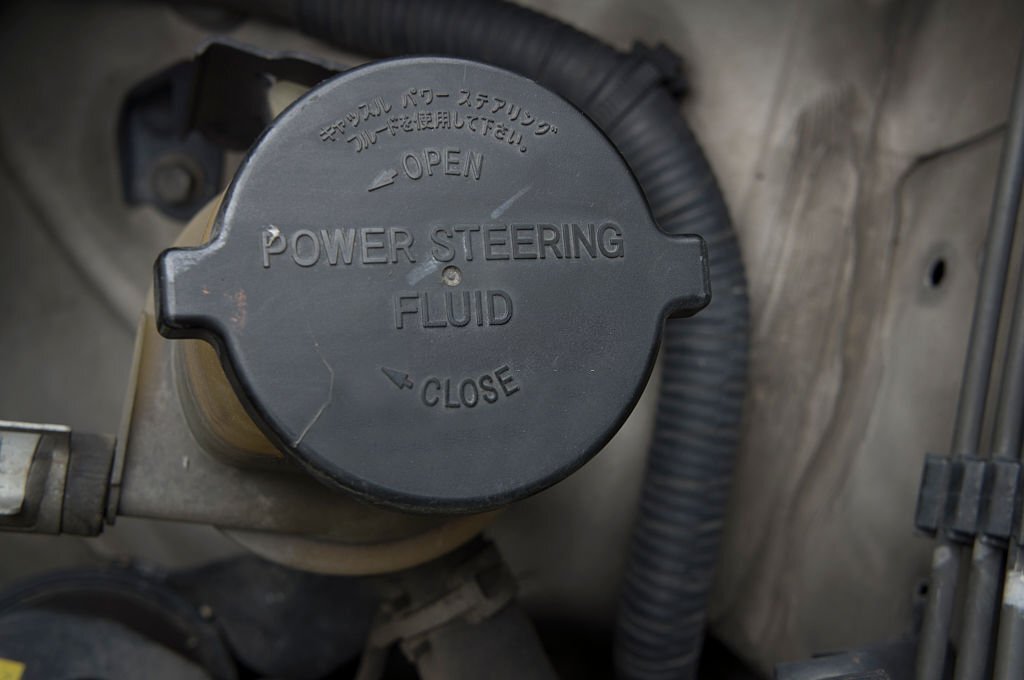
Inspecting your power steering system especially leaking power steering hoses if there is any leakage, is a good habit for all types of drivers, just like checking the fluids in your car. Most experts agree that power steering fluid needs to be “flushed” every 30,000 to 50,000 miles.
This is similar to how oil needs to be checked every time you fill up. Here is where you take apart the system hoses to get rid of all of the old, brownish fluid in your reservoir and do a full cleaning.
How To Flush my Car?
So, you’re a confident do-it-yourselfer who’s ready to maintain your car’s fluids. It’s easier than it sounds to change the fluid in the steering wheel, and it takes less than an hour. Before you can start, you’ll need some tools and supplies.
Make sure you have Power Steering Fluid, a Fluid Transfer Pump, Gloves, Shop Towels, a Car Jack, a Jack Stand, a set of Pliers, and a Drain Pan. Here’s how to change your car’s power steering fluid:
Lift Your Car
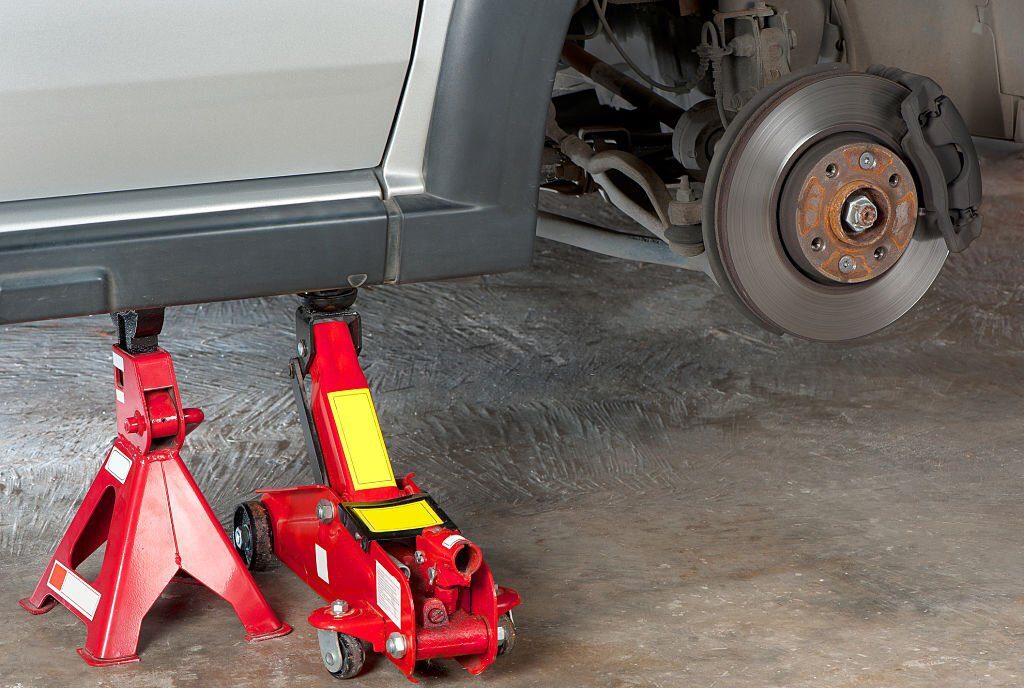
Using a car jack and jack stands (you should never do under-car maintenance without these), raise your car until the front wheels are no longer touching the ground. Locate the reservoir under the hood, on the side of the car that faces the passenger. Take off the cap with a steering wheel on it or that says “steering fluid.”
Drain the Reservoir
Get as much fluid from the reservoir as you can using a fluid transfer pump or a turkey baster. Using the pliers, disconnect the low-pressure line from the clamps, pull off the hose, and use a container or drip pan to catch the fluid as it flows.
If you have a funnel handy, you can use it to pour the liquid straight into the pan without making a mess. Be ready to get a little dirty, and make sure you’re wearing gloves and eye protection. When the fluid level gets low, move the steering wheel from “lock” to “unlock” a few times. This will let any fluid that is still in the steering wheel into the pan. And remember that your engine isn’t running right now, so the wheel won’t want to turn easily.
Start the Flush
You can flush now! Drain the fluid from the tank through the return hose, and then turn the steering wheel as described above (with the engine off). Then, you’ll clamp the return line back together to put it back together. After that, fill up the fluid until it’s half full, and then start the engine. Turn the steering wheel again, turn off the engine, and do these steps again to drain the fluid. You know what’s going to happen next: you’ll reconnect the return line, add half as much fluid as you took out, start your engine, and turn your wheel one last time.
Top Off The Reservoir
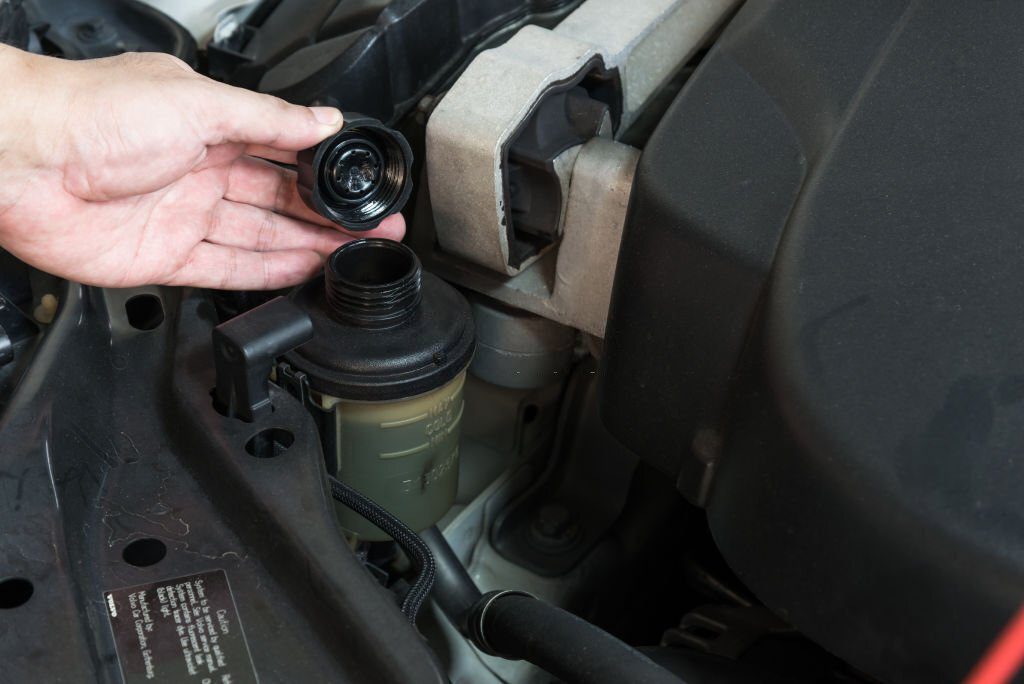
Fill up the tank, put on the cap, and run the engine a little bit longer. Check under your car again for any leaks you might have missed. Take down your jack set-up and enjoy your new knowledge about car maintenance. You’re all set!
Keep your eyes
Since this fluid works in very hot conditions and doesn’t have built-in filtration, it’s easy for contaminants to stay in the reservoir. So, every so often, you need to do a full “flush.” If the steering wheel is hard to turn or if you hear shrill noises when you turn, it’s time to change the power steering fluid. Or, look to see if the fluid has changed color, which means the solution is too burned to use. If you want to be more proactive, which we recommend, check the recommended schedule in your owner’s manual to find out exactly when your vehicle’s steering will need maintenance.
If you still don’t feel comfortable doing this, or if you think the problem might be with the power steering pump itself, don’t be afraid to call the experts at your local NAPA AutoCare Center for quick, low-cost repairs. We provide reliable auto service and accurate diagnoses, whether it’s a quick power steering flush or a full power steering system replacement.
Preventing your wheels from wearing and keeping them working is important for safe and comfortable driving, and a well-oiled power steering system prevents damage or failure that could have been avoided.
A good steering system that works well and is in good shape will help you stay in control and reduce your repair costs. It works out well for everyone. Also, once you’ve flushed out your power steering fluid, you’ll be able to take care of any other fluid maintenance on your car without any trouble.
